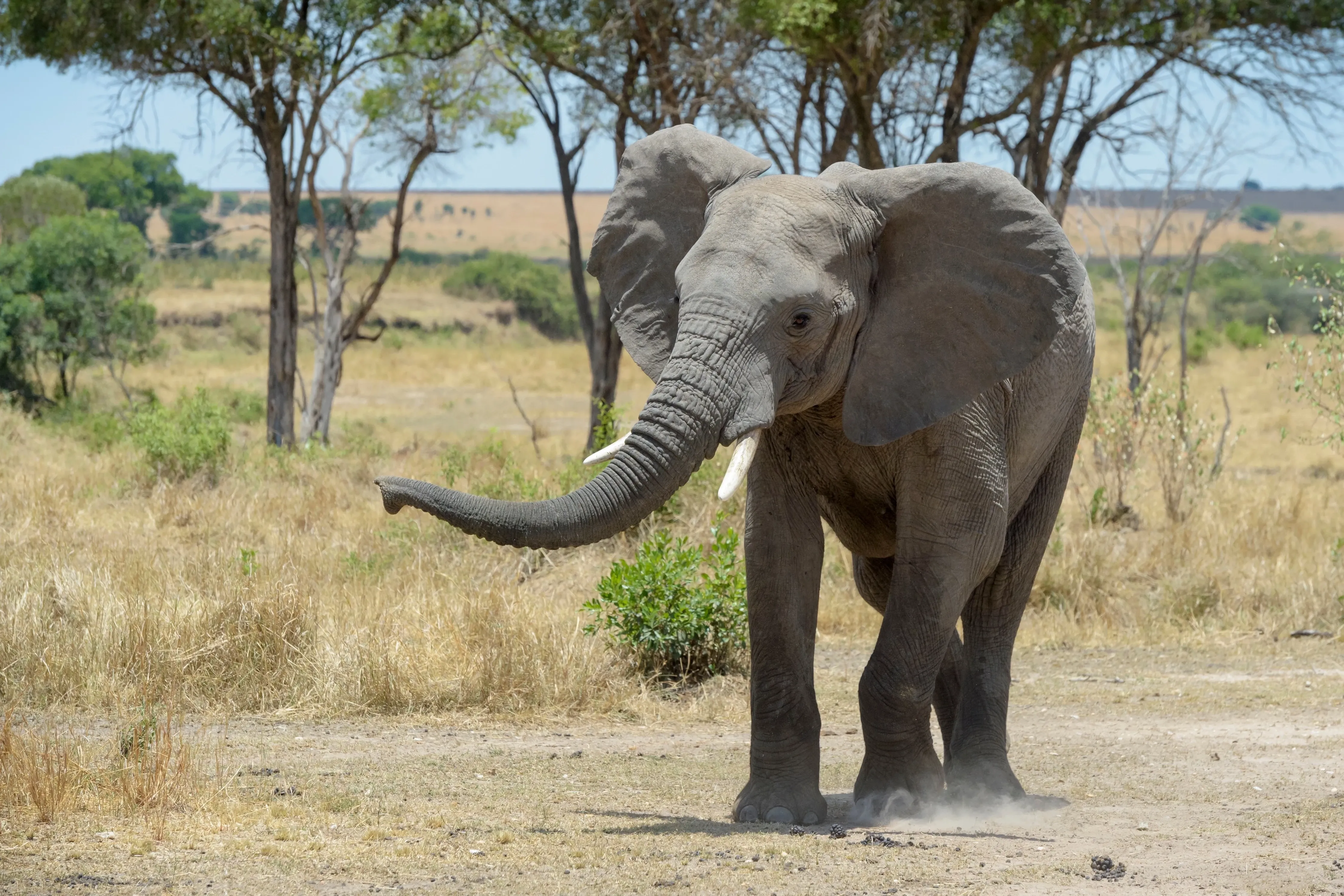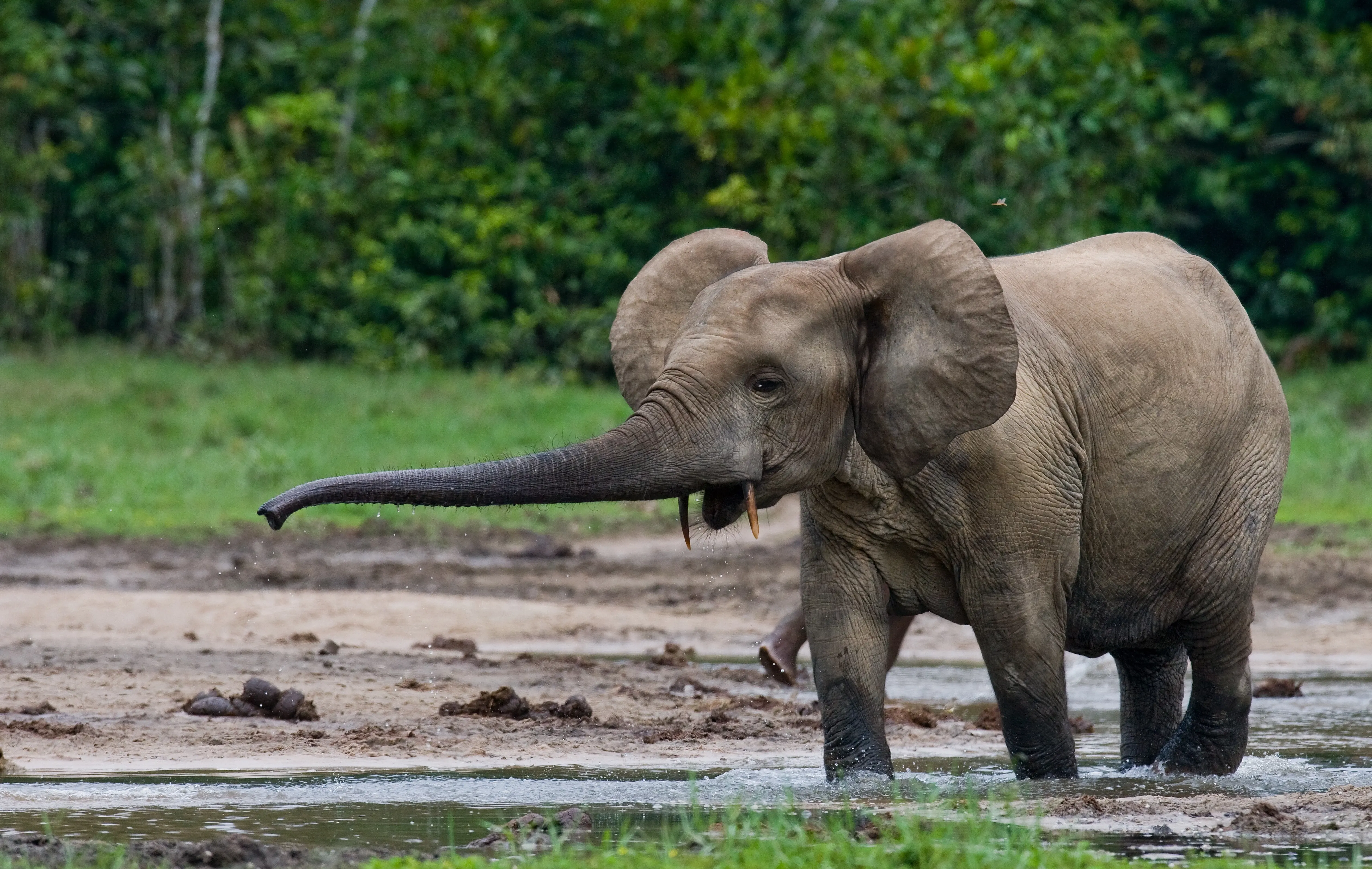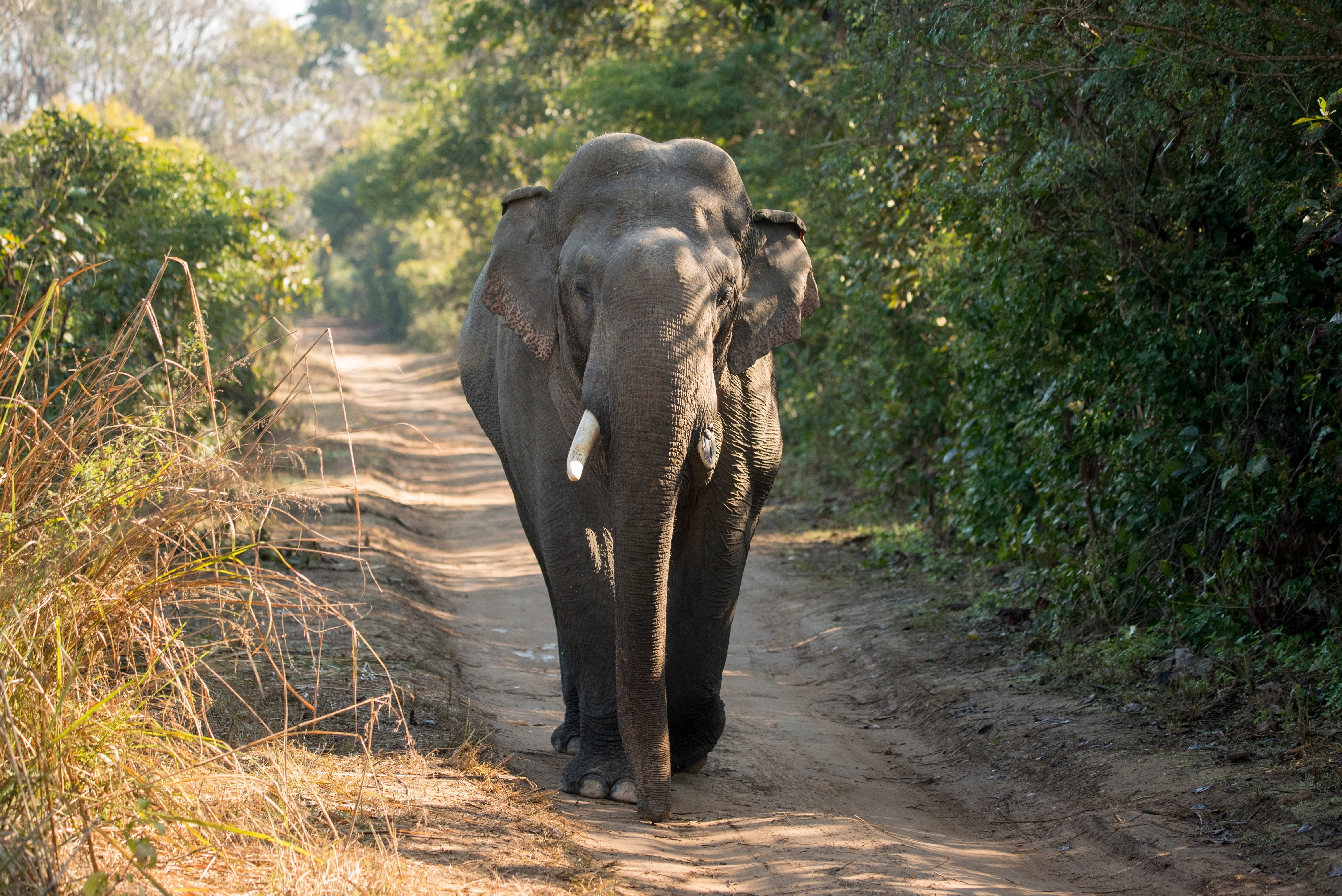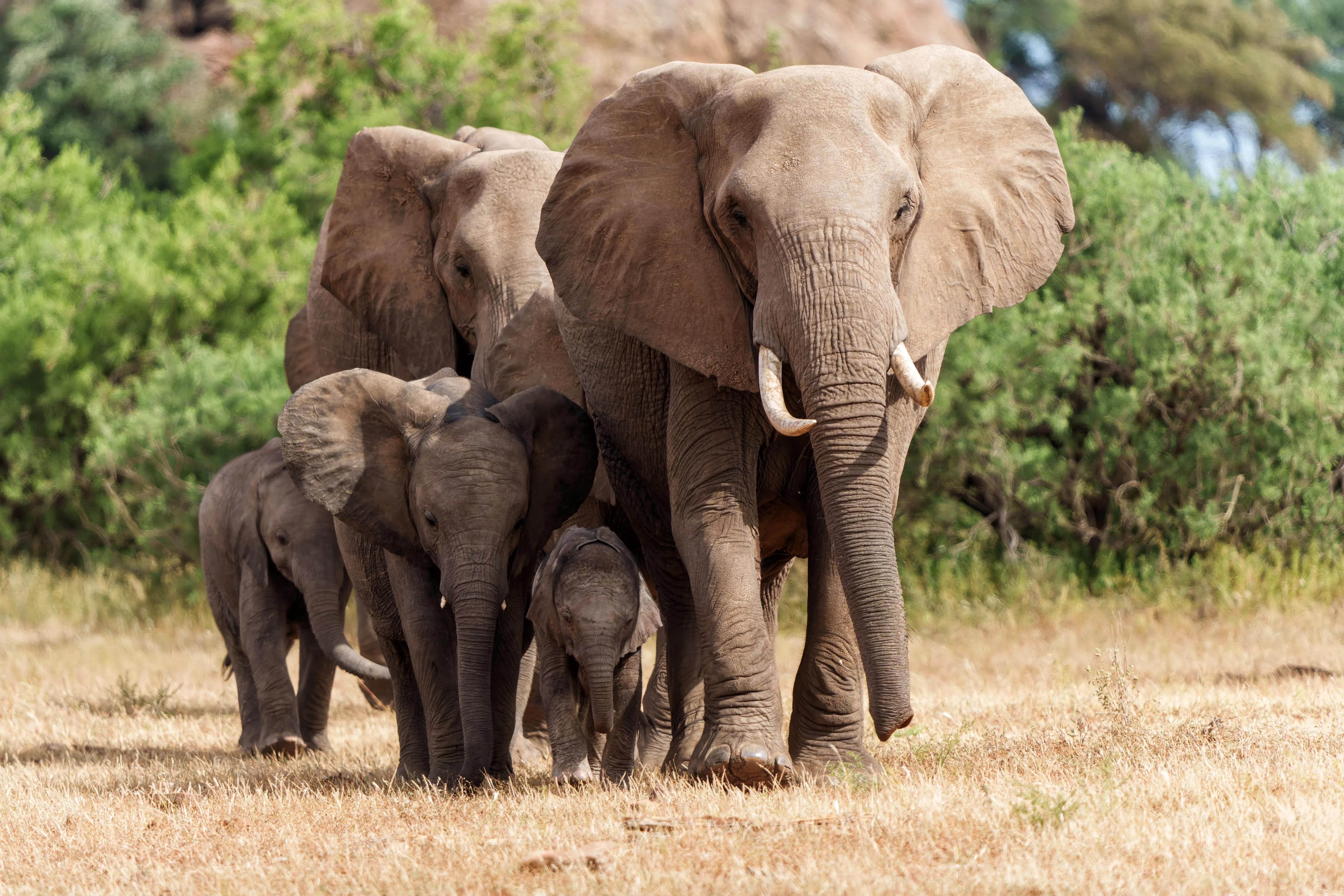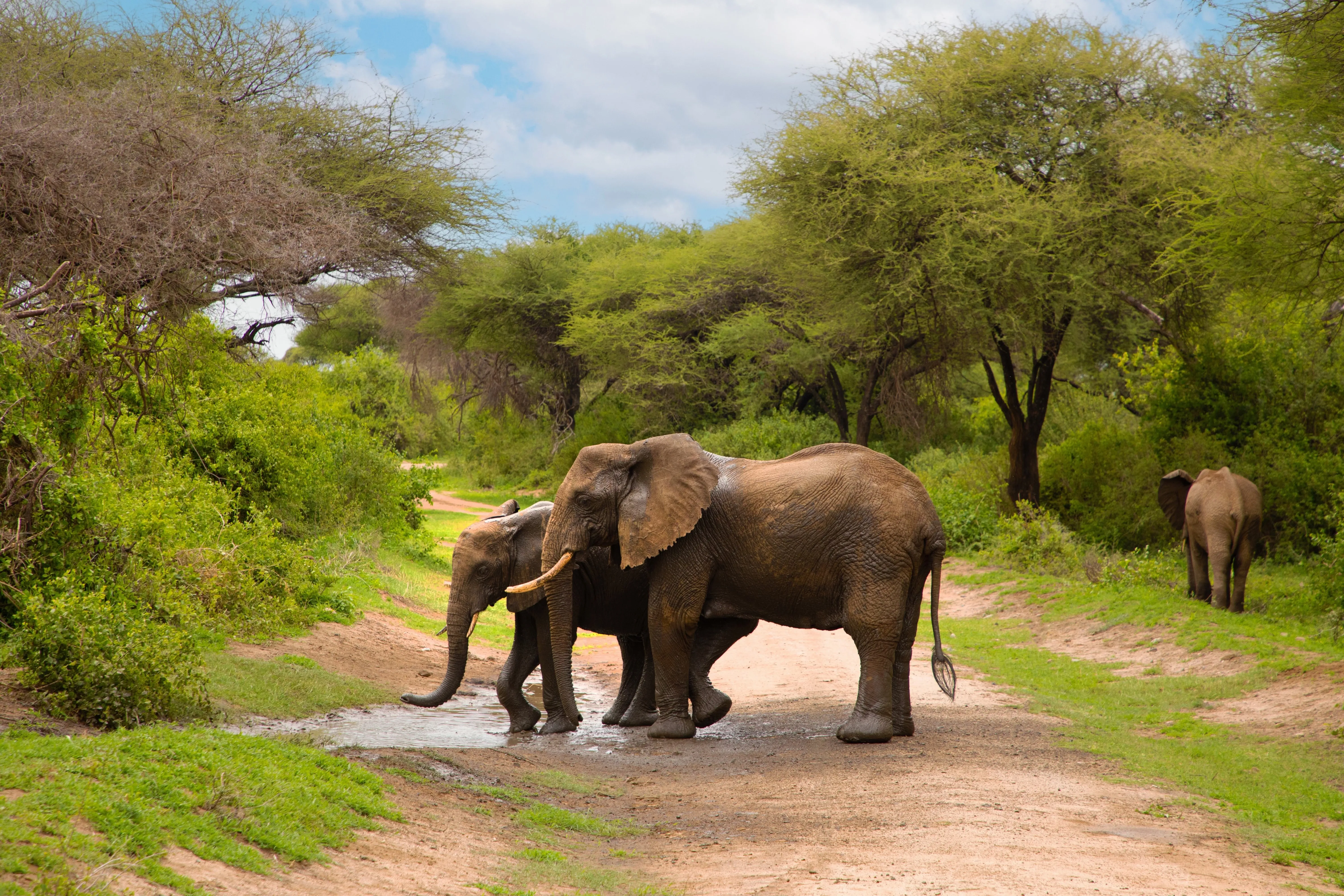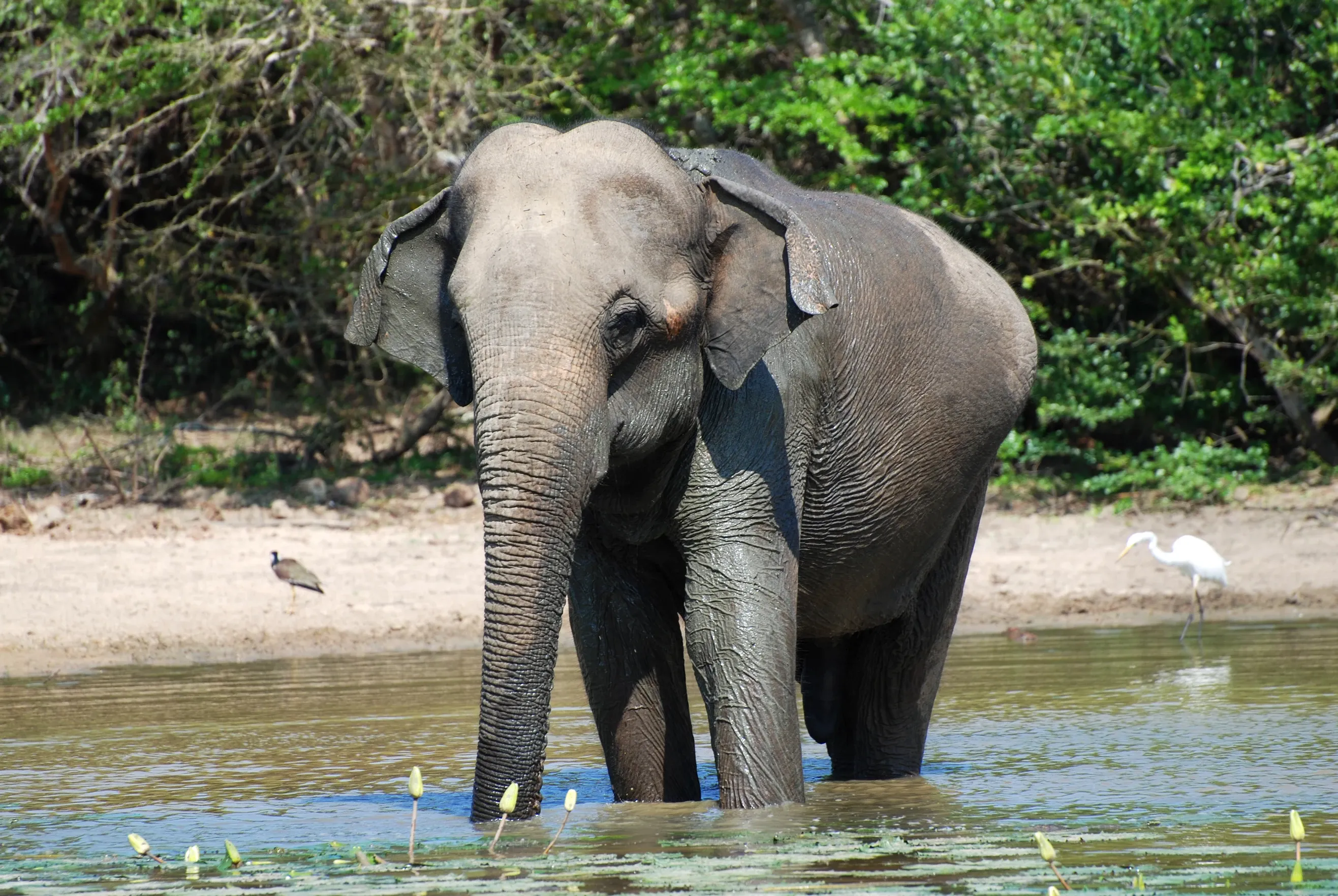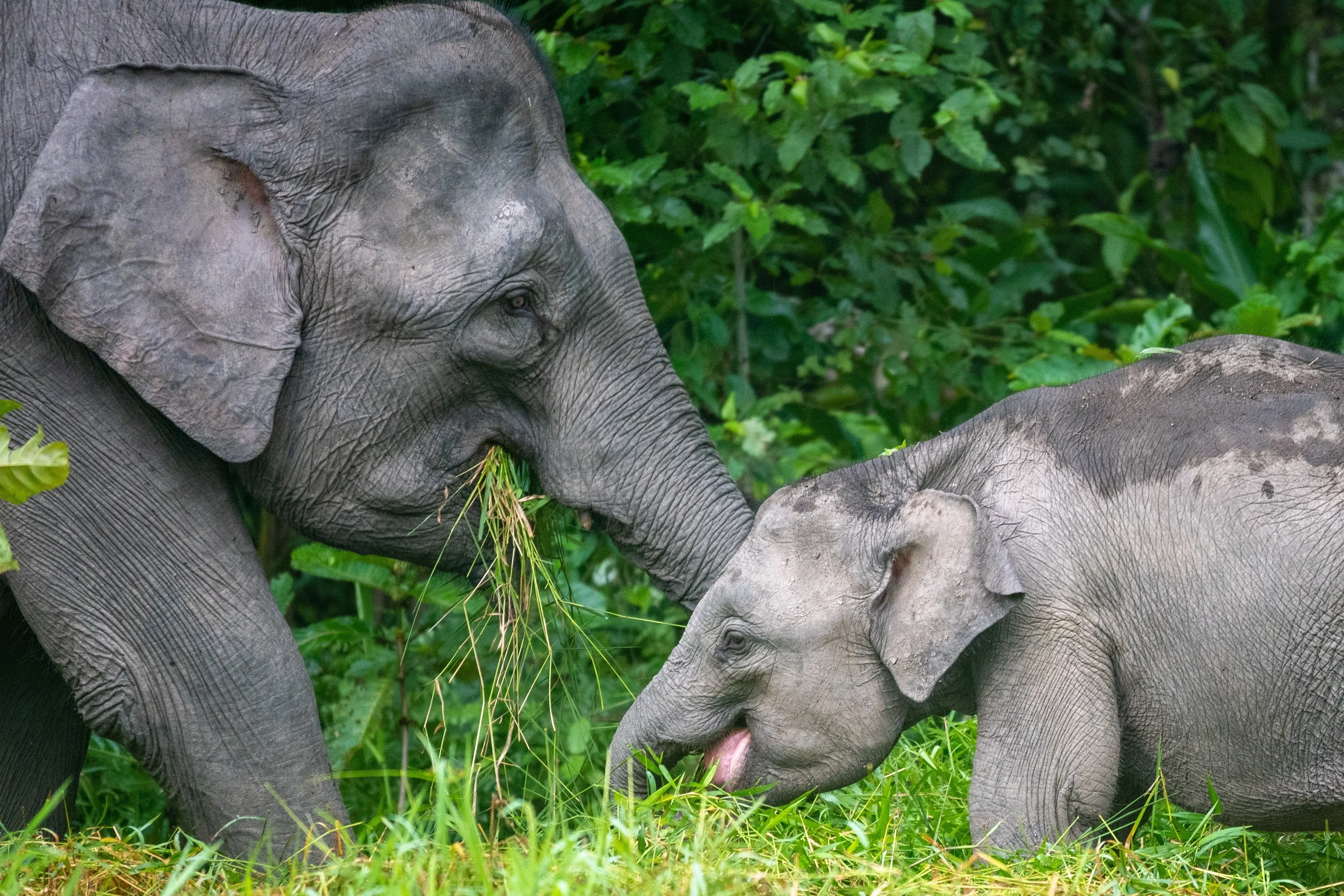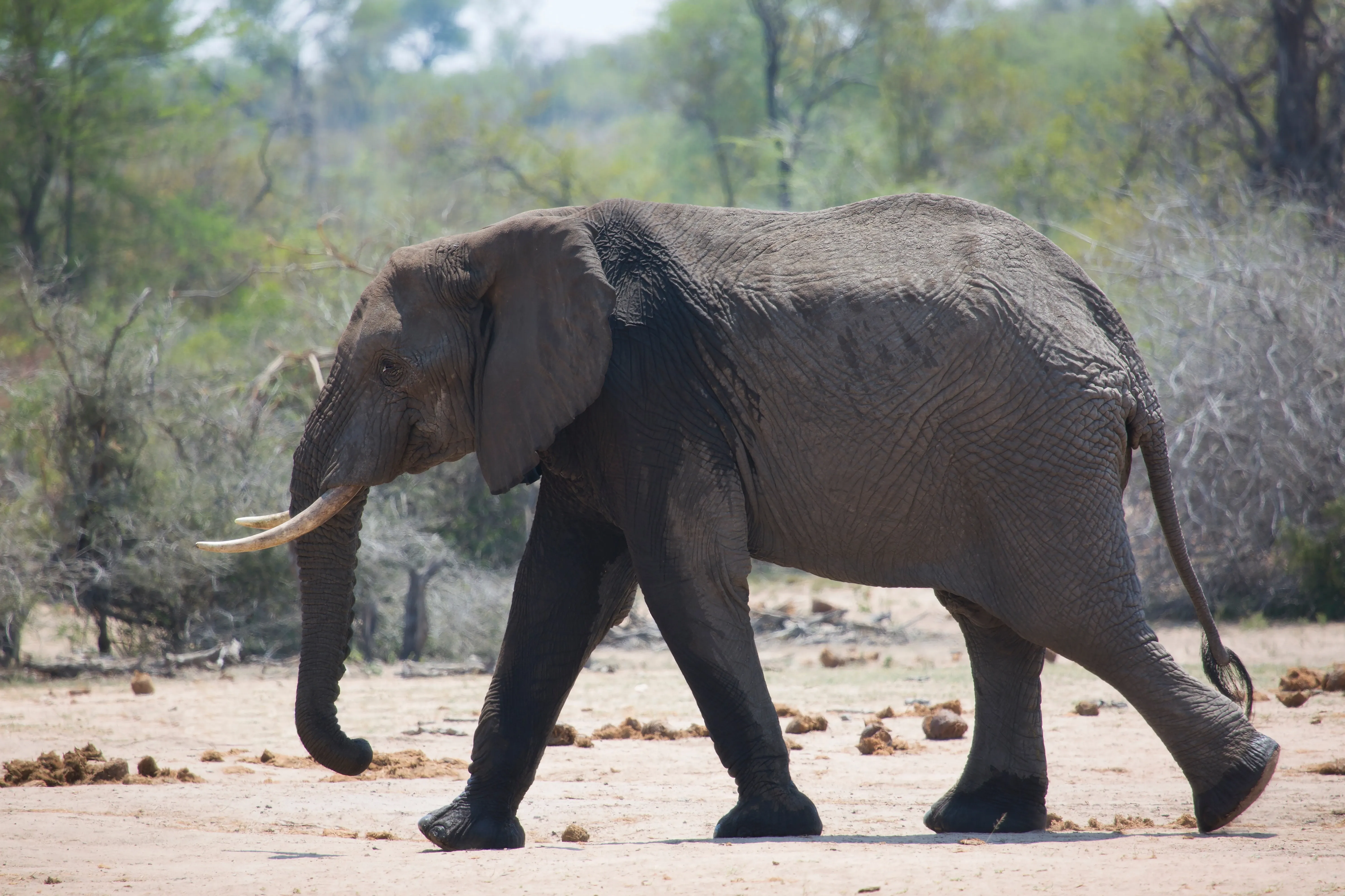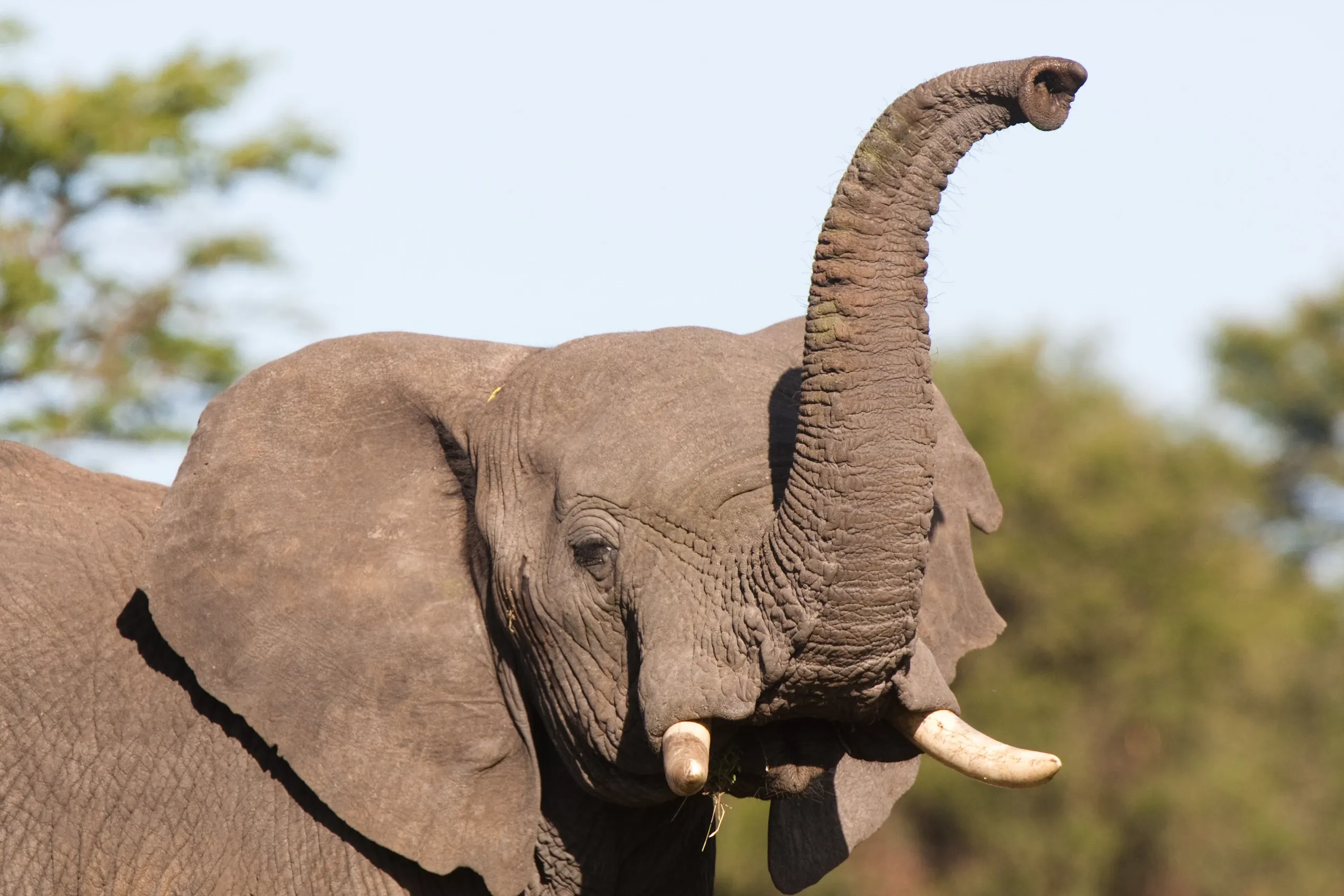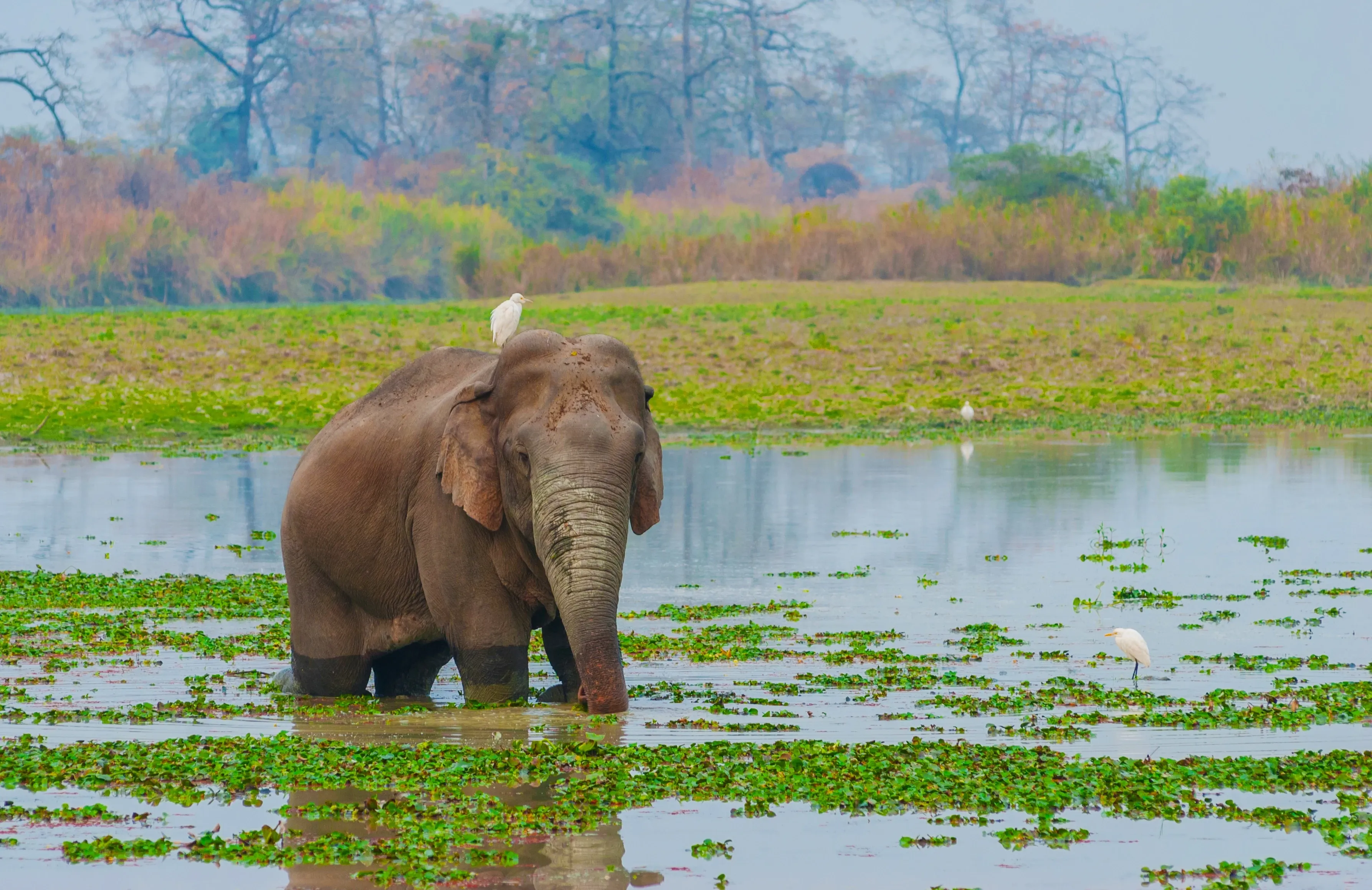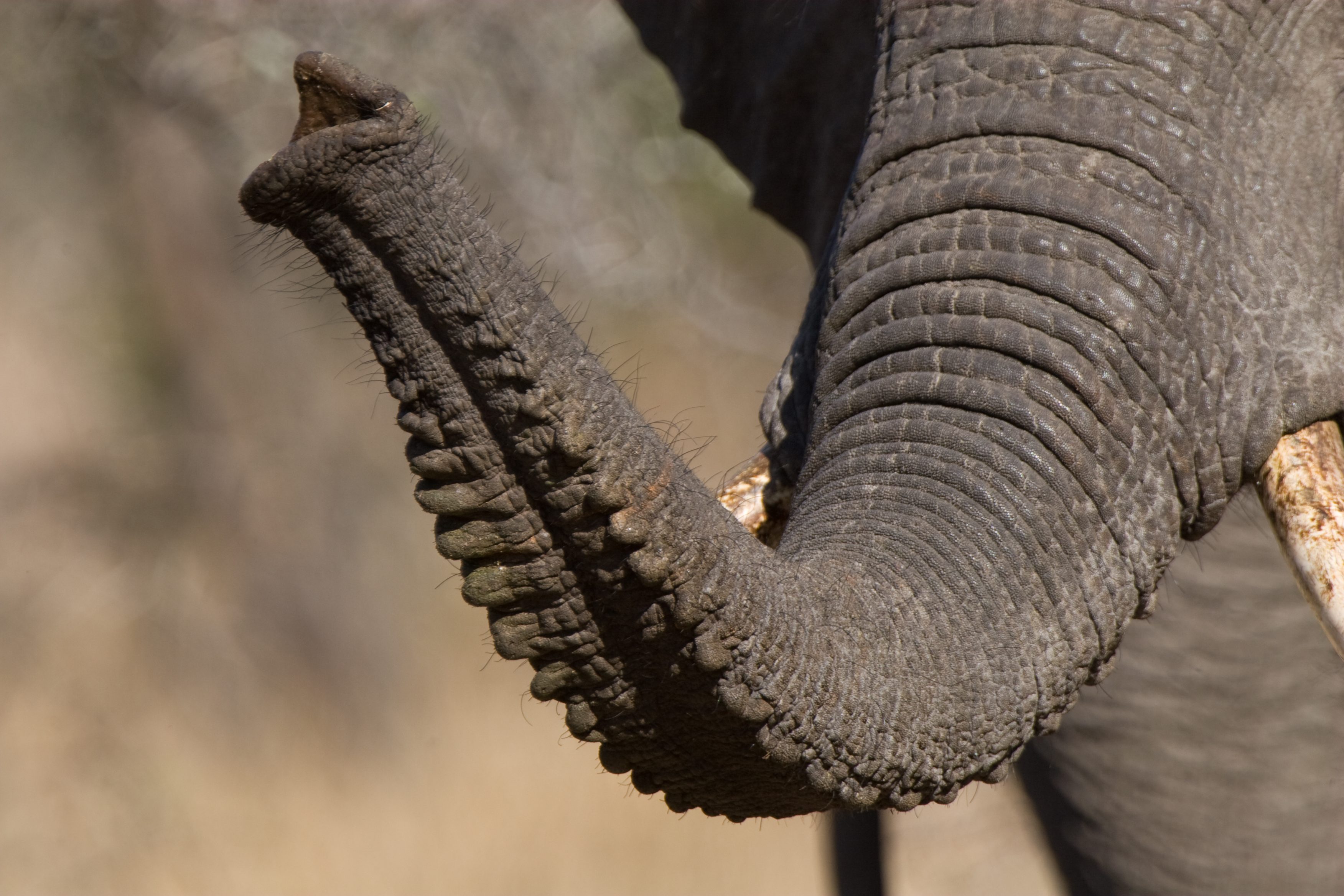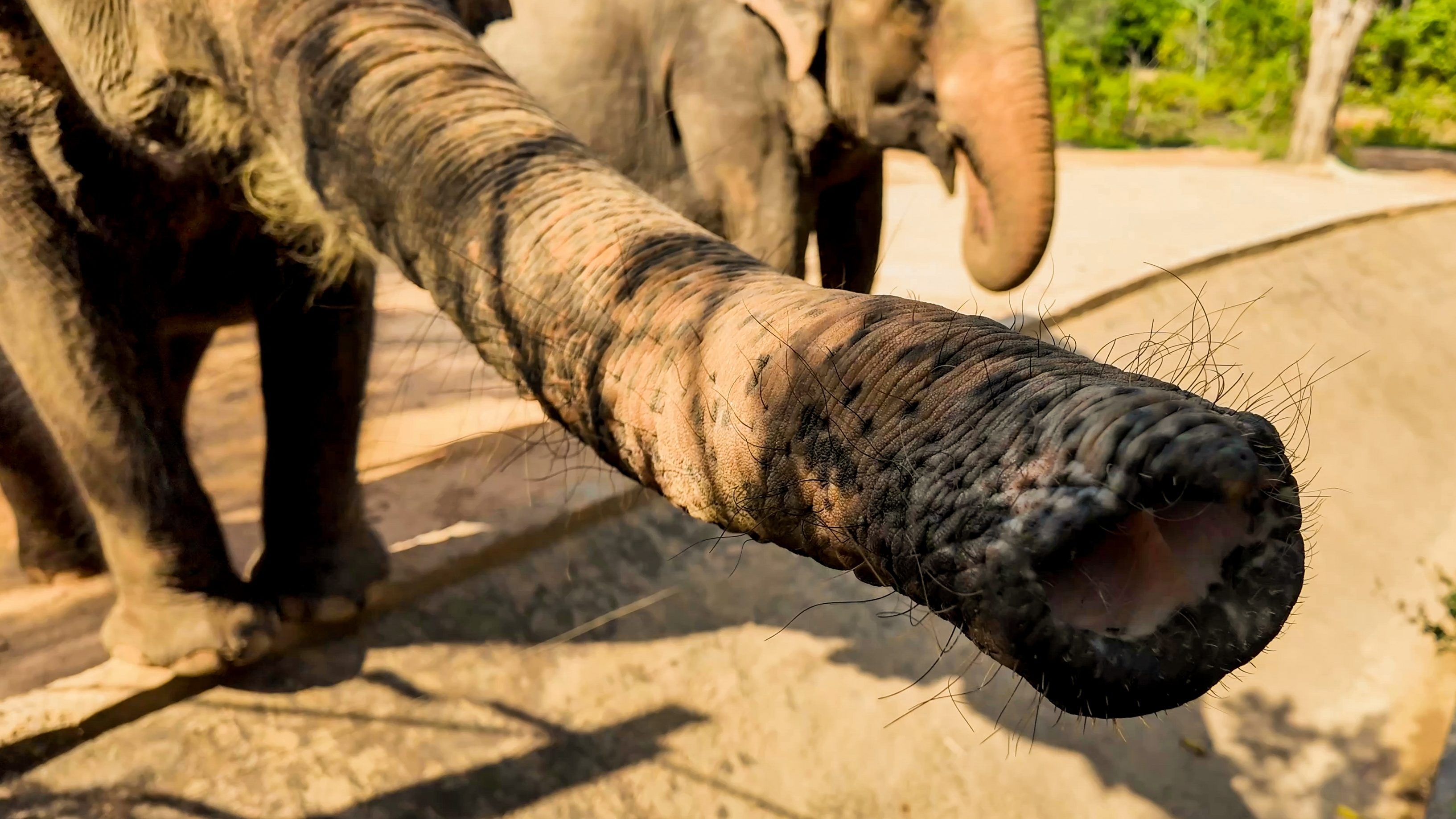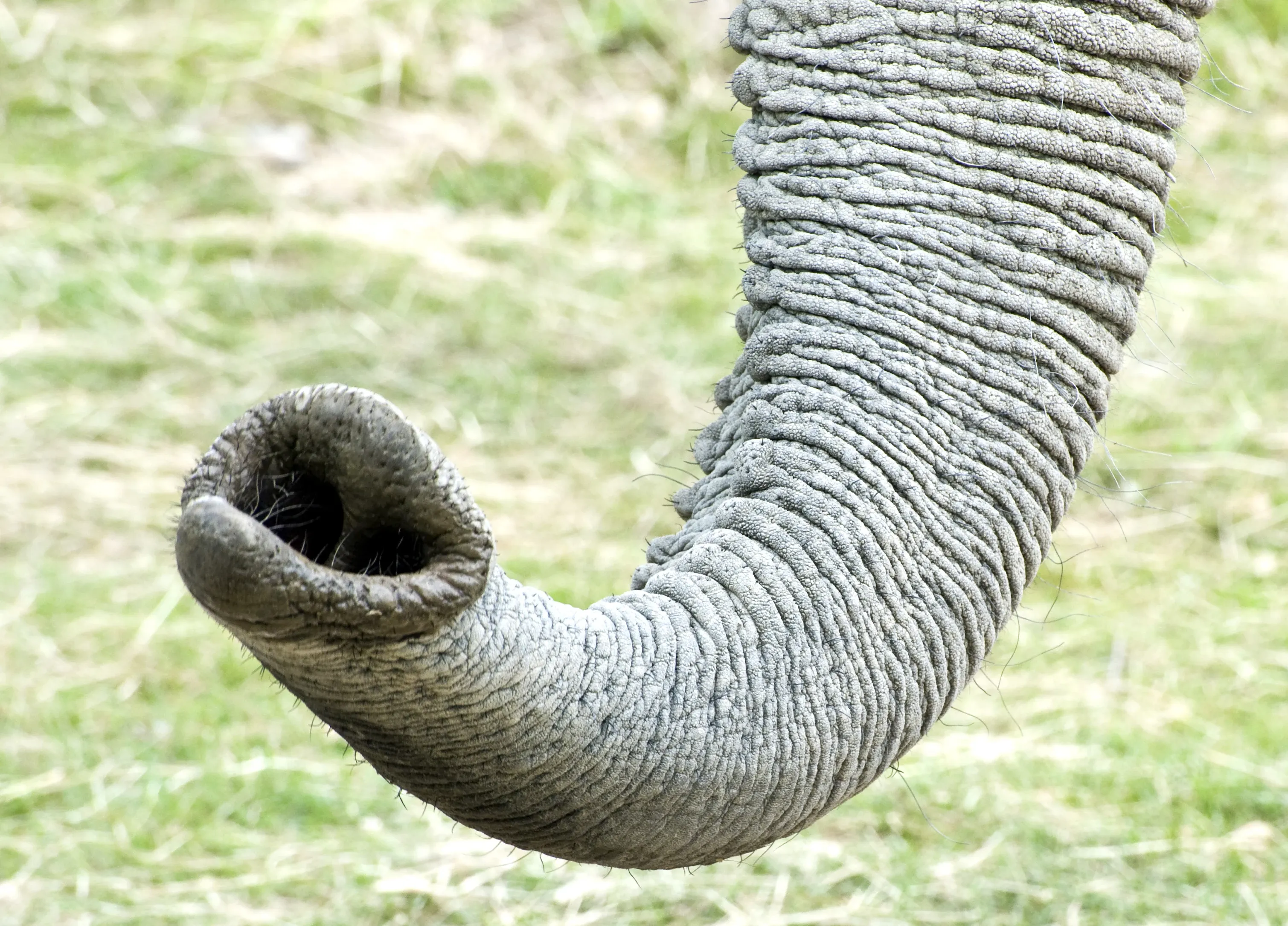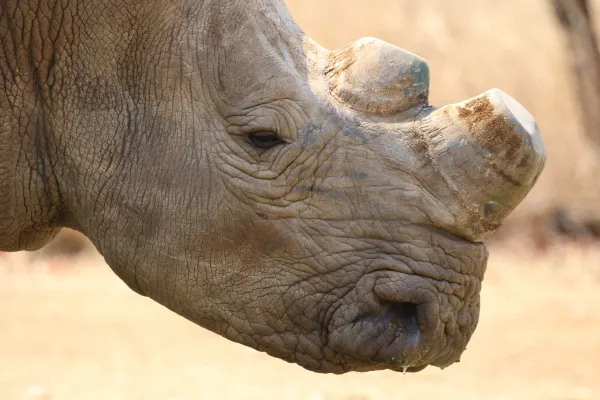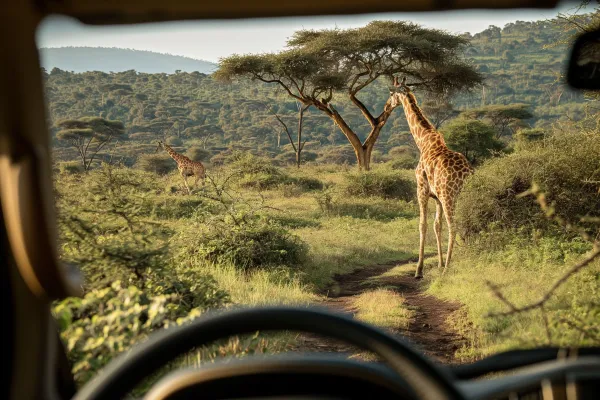Comparison of African and Asian elephants
Elephants are the largest land animal on planet Earth. Their vital statistics of all elephant species read like an ultimate Top Trump card, dwarfing, quite literally, all of their competition.
A fully grown African elephant bull averages between 6 and 7 tonnes but the largest elephant ever recorded was a staggering 11 tonnes. They stand up to 4 metres tall at the shoulder and can still propel their massive frame at over 40 km/h when required. I suppose one should say that elephants are the true king of the jungle or savanna. No lion on the planet will stand its ground in the face of an angry elephant, and they are considered by many cultures to be the ultimate symbol of power.
Fascinating facts about elephants
Elephants, however, are not brutes that bulldoze their way through the bush like blundering oafs. Perhaps the most remarkable thing about them is their brain. Their gestation is 22 months, almost two years; once again, by far the longest of any terrestrial animal.
Not only does the skeletal structure and musculature need to develop the strength to support such a heavy burden, but its brain needs time to develop to a level able to handle the cognitive ability that an adult elephant possesses.
The brainpower to operate the 40,000-60,000 muscles in the trunk alone is one thing, but elephants are one of the few animals that show emotional intelligence. Looking into the eyes of an elephant is a profound experience. It is all too easy to anthromorphise, but these great creatures exhibit an understanding of concepts alien to most other animals.
One only has to watch a grieving elephant paying respect to a fallen comrade, to leave little doubt that they have an appreciation of self. We can all learn much from the elephant.
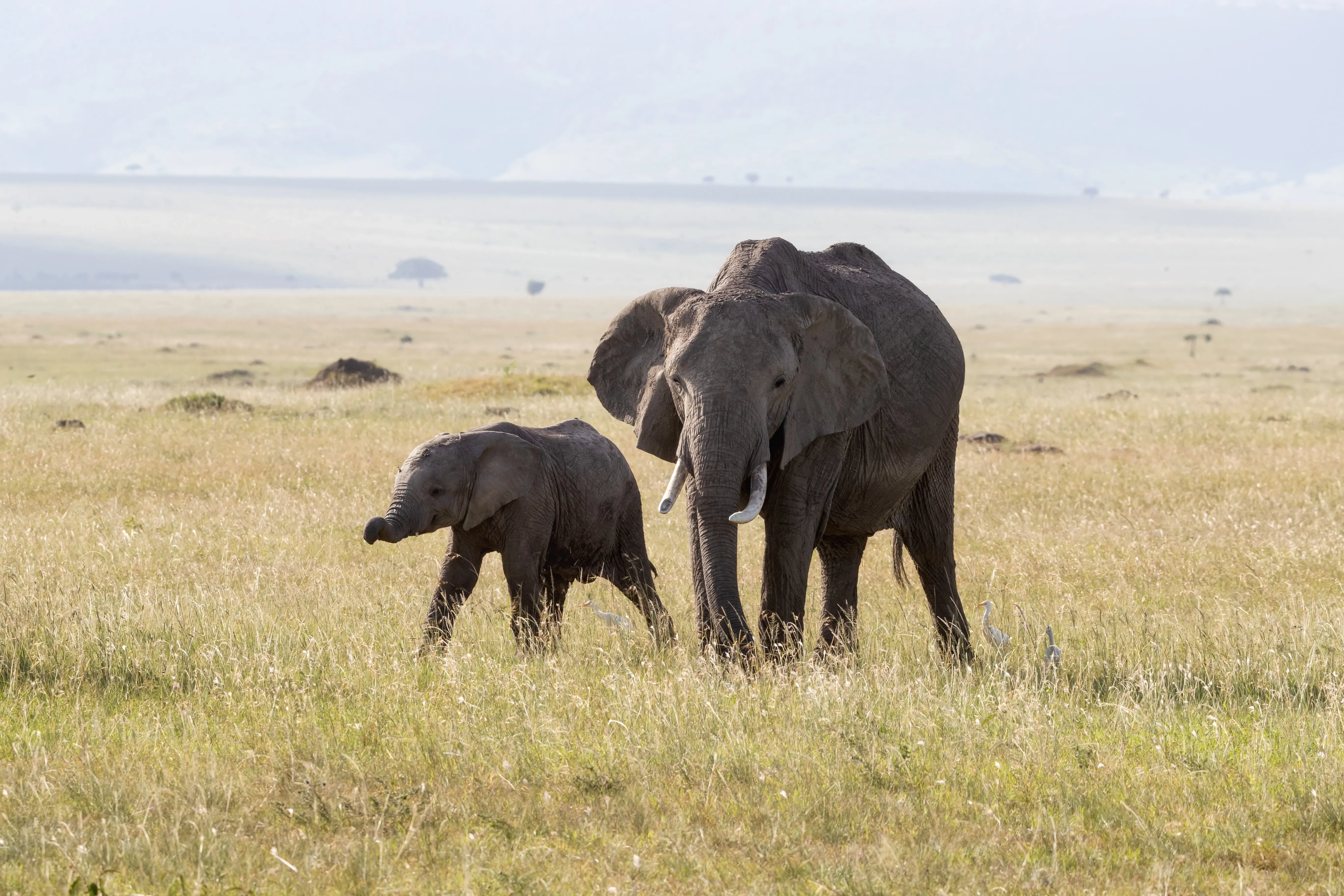
Introduction of the different elephant species - a comparison
Unfortunately, as with most organisms on Earth, mankind’s relentless expansion and insatiable greed have put grave pressure on these iconic animals. If we are not careful, we will soon lose this magnificent beast. And not just in Africa.
There are three recognised species of elephant in the world, the African Savanna Elephant (Loxodonta africana), The African Forest Elephant (Loxodonta cyclotis) and the Indian Elephant (Loxodonta maximus). The latter is also subdivided into three sub-species, the Indian, the Sri Lankan and the Sumatran.
The Savanna and Indian elephants are listed as ‘endangered’ by CITES, while the Forest species is ‘critically endangered’. In total, an estimated 400 - 450 thousand elephants are left in the world, and the numbers are falling year on year thanks to poaching and habitat loss.
All species of elephants share similar characteristics, such as transversely ridged molar teeth, modified incisors (tusks), large ears to assist with heat regulation, internal testes and an odd foot structure.
Despite their appearance, elephants walk on their tip toes atop a spongy pad that acts like a shock absorber to take their immense weight. This is evident if one watches an elephant walk, whereby the foot expands greatly when stepped on to spread out the load.
Overview of the three elephant species on our planet
#1 African Savanna Elephant (Loxodonta africana)
Loxodonta africana is the largest of the three species and is found in around 37 countries across Africa. The biggest stronghold of elephants can be found in Botswana, but large populations exist in South Africa, Zimbabwe, Zambia, Namibia, Mozambique, Malawi, Kenya, Tanzania and more.
A large adult bull can reach 7,000 kg and stand 4 metres at the shoulder. They prefer a savanna habitat and feed mainly on grass during the summer months, but during the dry winter periods, they are forced to eat more leaves, roots and tree bark to get sufficient nutrients into their massive frame. A large bull requires around 300 kg of fodder per day!
#2 African Forest Elephant (Loxodonta cyclotis)
Forest elephants are restricted to forested areas around central Africa, including Gabon, the DRC and Cameroon. Unfortunately, their numbers are diminishing rapidly due to deforestation and fragmentation of these habitats.
Forest elephants are smaller than their savanna cousins, with an average weight of around 4 tonnes for bulls. Their shoulder height is also considerably less, averaging approximately 2.5 metres. Their smaller size may be in response to the more heavily vegetated forest environment, but also the increased accessibility to water.

A larger body size is better equipped to deal with dehydration since the ratio of surface area to volume increases with size. Imagine leaving a 1-litre container and a 25-litre container of water in the sun. The water in the smaller container will heat up more quickly.
The other recognisable characteristic of the forest elephant is that the tusks grow straight down towards the ground, as opposed to the curved, forward growth of the savanna elephant. This has evolved so that the tusks are not a hindrance when navigating heavily vegetated forest environments.
#3 Indian Elephant (Loxodonta maximus indicus)
The Indian elephant is found in many mainland areas of Asia, including India, Nepal, Bangladesh, China and Thailand, although it is now regionally extinct in Pakistan. It is smaller than its savanna cousin, with bulls reaching a maximum height of around 3 m at the shoulder and weighing 4 - 5 tonnes.
The highest point of the animal is at the crest of its skull, and the skull itself is generally broader than the African elephant and the trunk larger. Indian elephants are more placid and easily habituated than the other elephant species and are often found in association with humans.
They are considered cultural icons and, along with the tiger, are designated as natural heritage animals in India. Interestingly, the term ‘musth’, which is used to describe a bull elephant in the full reproductive state (heightened levels of testosterone), comes from a Hindu word that translates as ‘mischievous’.
Key differences between African and Asian elephants
There are obvious differences between the African savanna and forest elephants from those found in India and the sub-continent. The main differences are as follows.
Ears
African elephants have large ears shaped like the outline of continental Africa. These large ears, accounting for up a third of an elephant’s surface area, have developed in accordance with the oppressive African weather and are used to disperse heat, much like a car radiator works.
An elephant’s skin is very thick on average, but the ears are comparatively paper-thin, and a network of blood vessels is clearly visible on their backside.
A hot elephant flaps its ears, causing cool air to rush over the veins, cooling the blood before it returns to the rest of the body. Asian elephants have smaller ears shaped like the country of India since the temperatures are not as extreme and do not require the same amount of heat regulation.
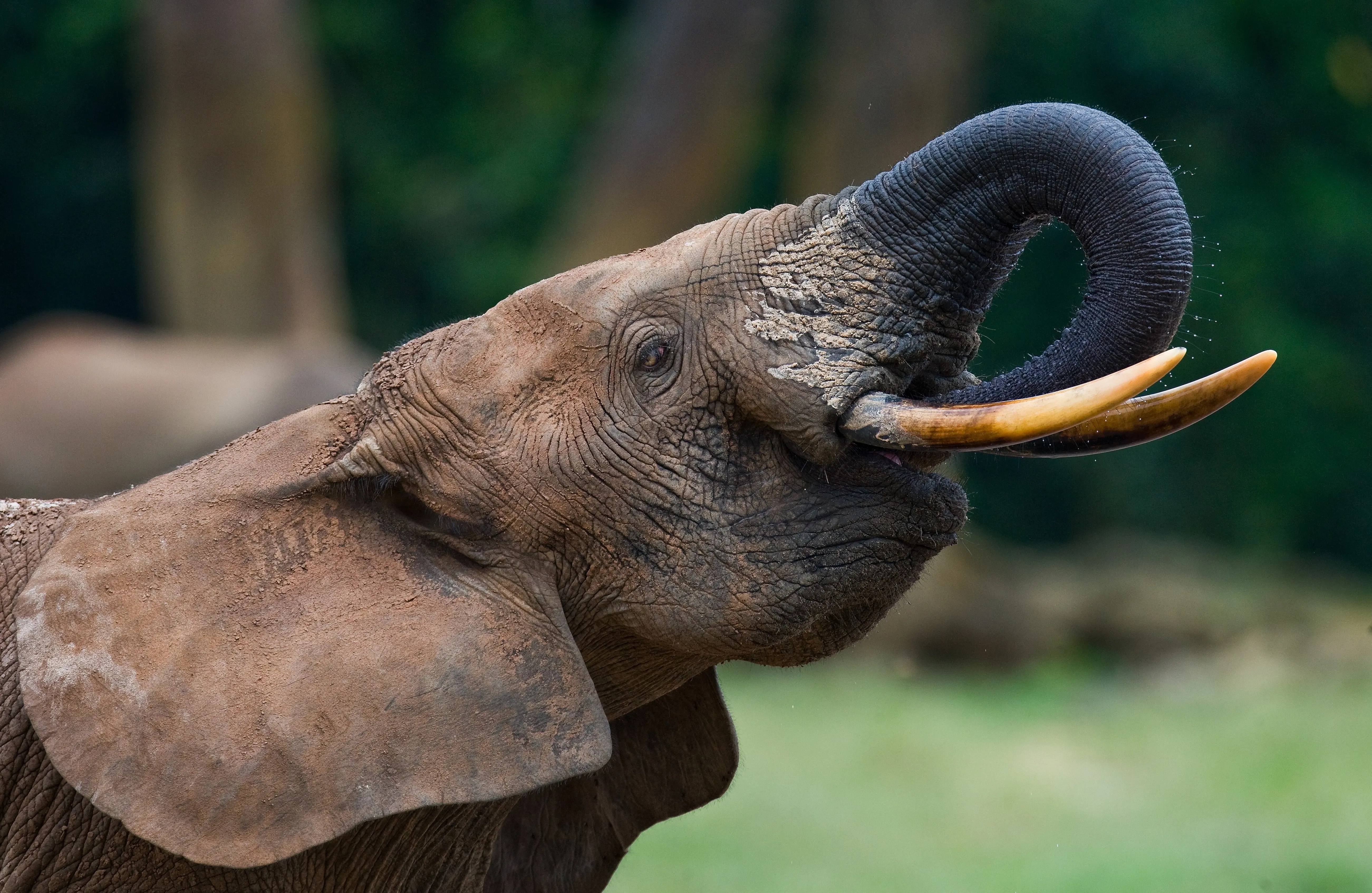
Tusks
Ivory tusks are modified incisor teeth found in both sexes of both Savanna and Forest elephants, but only present in the males of the Indian elephant. This is likely an evolutionary response to the number of large predators found in Africa, facilitating the demand for females to protect themselves and their young calves against groups of lions and hyenas.
It should be mentioned, however, that some elephants in Africa also lack tusks, although this is due to genetic abnormalities and possibly even natural selection, since most big tuskers have been poached for their ivory.
Trunk
The trunk is one of the defining characteristics of elephants. This modified upper lip/nose is versatile enough to pick up a single leaf or uproot a tree and is an essential appendage to the lifestyle of all elephants.
The main difference between the species is seen in the ‘fingers’ of the trunk. The African species have two fingers at the tip, whereas the Indian has only one, acting more like a flap than fingers per se.
The importance of elephants for their ecosystems
Elephants are often portrayed as aggressive and destructive animals, particularly when it comes to the environment, thanks to their voracious appetites and propensity to push over trees. However, elephants are an essential link in the ecology of many areas and are termed ‘ecological engineers’ by many naturalists.
They have the ability to clear out wooded areas, turning previously underutilised areas into pastures with excellent natural grazing for many animals. In the process, the fallen trees protect the ground underneath them from overgrazing and environmental conditions, as well as create microhabitats for countless smaller organisms, from insects to rodents to lizards and amphibians.
Their diet of seeds and fruit pods, coupled with an inefficient digestive system, means they are also a major vector of seed dispersal in natural areas. Nature is all about balance, and despite many reports to the contrary, elephants are a vital cog in the ecological engine that drives our planet.
They are wonderful mothers with close-knit family ties, rivalling humans with their emotional intelligence and intra-species relationships. It is a sheer honour to spend time among these gentle giants! With the threat of poaching from the ivory trade and the fragmentation, and ultimately the loss of habitat, it may not be long until we see the last of these magnificent animals walking the face of the Earth.
Sign up for the newsletter
By clicking on “Subscribe now” I will subscribe to the Conscious Explorer newsletter with all the information about mindful travel. Information on the success measurement included in the consent, the use of the shipping service provider MailChimp, logging of the registration and your rights of revocation can be found in our privacy policy.

